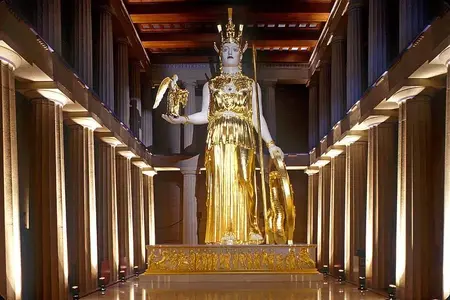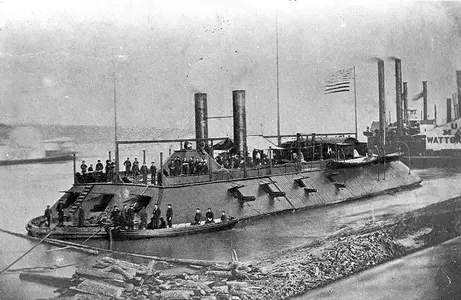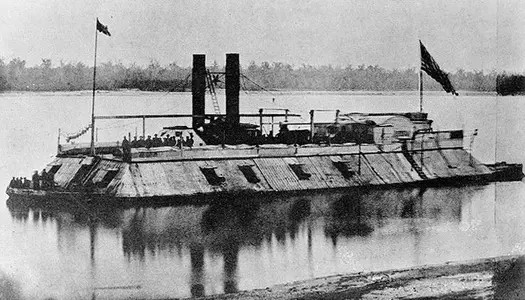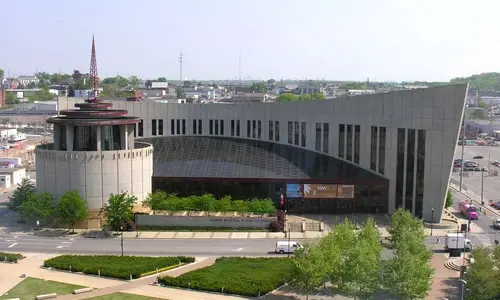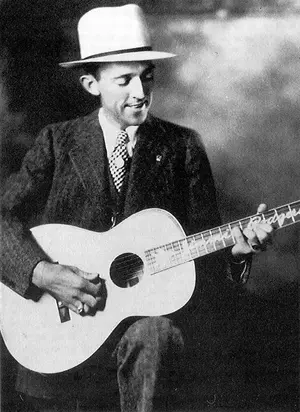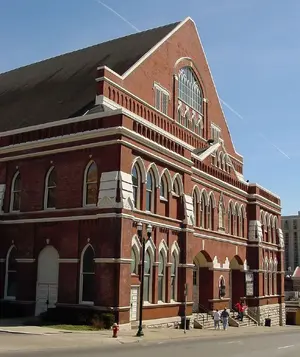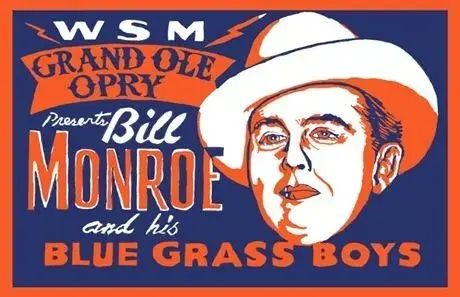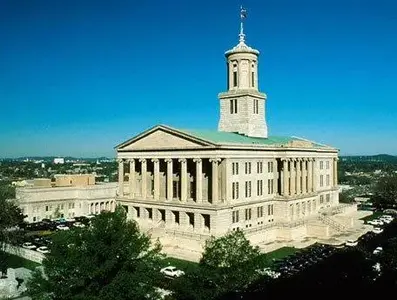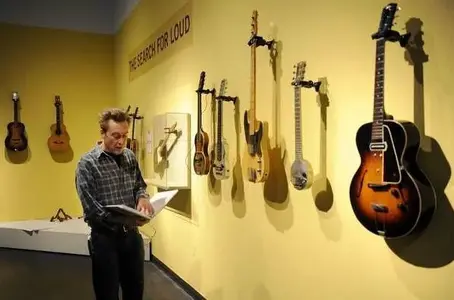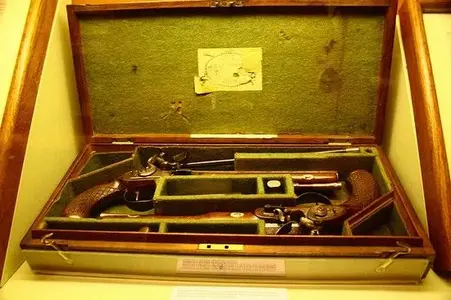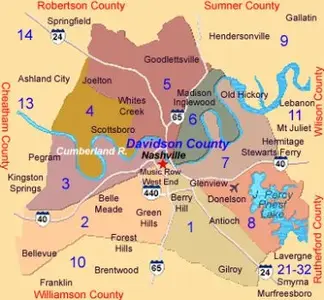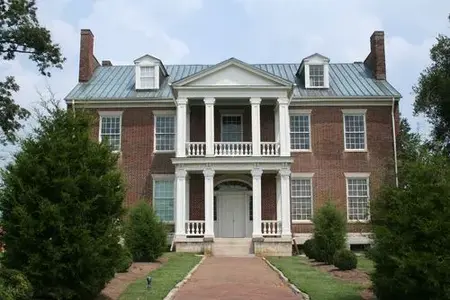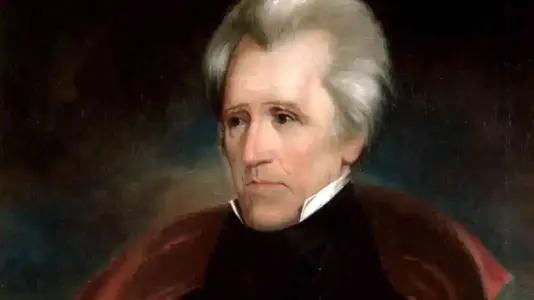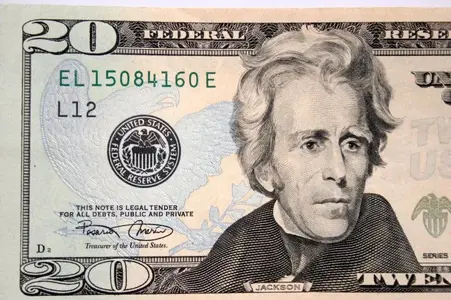Shiloh Battlefield - day trip from Florence, AL back into TN near the Mississippi state line - I'm an USA Civil War buff and have been to nearly all of the major battlefields of this war, which started on April 12, 1861 at Fort Sumter in Charleston (South Carolina) harbor and lasted 4 years ending at Appomattox Court House in southern Virginia (about an hour and a half from our home) in the spring of 1865 where Robert E. Lee surrendered to U.S. Grant.
In early 1862, Grant captured Forts Henry and Donelson on the Tennessee (TN) & Cumberland rivers, respectively; he moved down the TN river to Pittsburgh Landing (pic below looking quite peaceful but a major area of activity in early April 1862 w/ gun ironclads, hospital boats, and other vessels); the battle started abruptly on April 6 when Albert Sidney Johnston's Confederates drove Grant's army back to the river; much of the activity centered around a small church called Shiloh (pic below of a reconstruction of the original), hence the name of the battle. Grant's army was soon reinforced by Buell's Army of Ohio.
On the second day (April 7, 1862), Grant w/ now superior forces drove the southerns from the field and recovered all lost ground from the day before. This was a 'shocking' battle for the country; more than 110,000 men fought on both sides, over 3000 were killed on the battlefield (many more died later of their wounds) - the dead were so concentrated in places that Grant stated that he could cross a field just stepping on the fallen men w/o touching the ground! AS Johnston lost his life from a bullet to his right leg and the South lost one of its best generals. Now, all knew that the war would be long, bloody, and with a major loss of life - in the end over 600,000 men died in this war (nothing in US history of wars even came close).
The visitor's center has an excellent 'new' film w/ CGI graphics of Union gunboats coming up the TN river to Pittsburgh Landing - Dave

.
View attachment 55566 View attachment 55567
.

